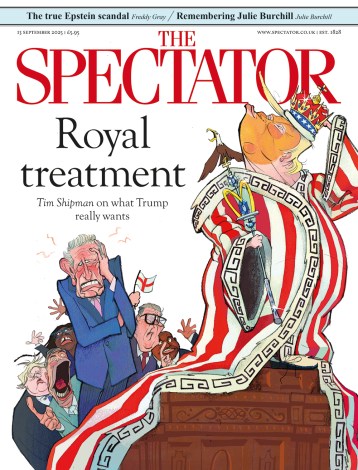 The new and independent Office
for Budget Responsibility estimated that interest payments on public debt are set to rise to £67 billion a year by 2014-15. The hole in the public finances is so deep that every cut in
spending that can be made should be made. Few commentators have grasped that tinkering around the edges, such as with “efficiency gains,” will not be enough. The only way to eliminate
the deficit and to begin the task of repaying public debt is through making deep cuts in spending and for people to take more responsibility for themselves.
The new and independent Office
for Budget Responsibility estimated that interest payments on public debt are set to rise to £67 billion a year by 2014-15. The hole in the public finances is so deep that every cut in
spending that can be made should be made. Few commentators have grasped that tinkering around the edges, such as with “efficiency gains,” will not be enough. The only way to eliminate
the deficit and to begin the task of repaying public debt is through making deep cuts in spending and for people to take more responsibility for themselves.
Cuts must start with welfare. The UK government spends more on welfare than on anything else. Welfare spending has increased in good times as well as in bad, with the total bill doubling in real
terms to around £200 billion since 1988.
The government has received little bang for its buck from this increase in spending. International research shows that the UK not only has one of the most expensive welfare systems in the world but
is also one of the worst performing, with low living standards for children and high rates of inactivity among young people, substance abuse, teen pregnancy and sole parenthood. Welfare spending
does not need to increase; it needs to improve.
In an alternative Budget released today, Taking the tough choices, Reform identifies two ways to improve welfare spending.
The first way is to move from politically-motivated child poverty targets based on relative annual income and to instead focus on improving the performance of the poorest families in the school
system, on ‘welfare to work’ and on reducing the mobility blocks in welfare. By expressing the government target in terms of relative poverty governments have been encouraged to
continually increase benefit spending, when the better route would be to pursue a high and more even spread of skills.
The second way is to cut the tens of billions of pounds in benefits paid to well-off families (‘middle class welfare’). Since Reform first proposed cutting middle class welfare in April last year there has been a growing
consensus that these cuts are the right thing to do. Frank Field, the new Poverty Tsar, has suggested that the
Child Benefit should be taxed or no longer provided to families with older children. Evidence shows that middle class welfare provides few real benefits, with close to 90 per cent of spending on
the Winter Fuel Allowance, for example, going to families who are not in fuel poverty.
The cost of all middle class welfare, which Reform estimated at £31 billion a year, also means that taxes need
to be higher and fewer resources are available to help the poor. The temptation to attract votes means that benefits for middle class voters become more generous while poor families are left with
scraps. Benefits paid to working families now account for nearly twice as much of the welfare budget as benefits to families out of work.
One concern with cutting middle class welfare is that lower income families who receive programmes like the universal Child Benefit would lose out. But these families could easily be compensated,
such as by increasing the Family Element of the Child Tax Credit. Some commentators misleadingly argue that that the take up of these other programmes is poor among low income families but this is
not the case. Among families out of work, for example, the take up of the Child Tax Credit is a high 97 per cent, which is the same as the overall rate for the Child Benefit. Where there are
concerns take up can be increased through improving administration, such as having simpler application forms.
The key is to make means-testing work, not to give tens of billions of pounds to well-off families.
Patrick Nolan is a consultant at Reform






Comments